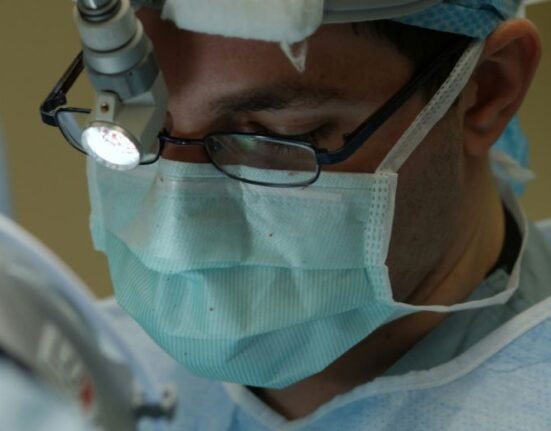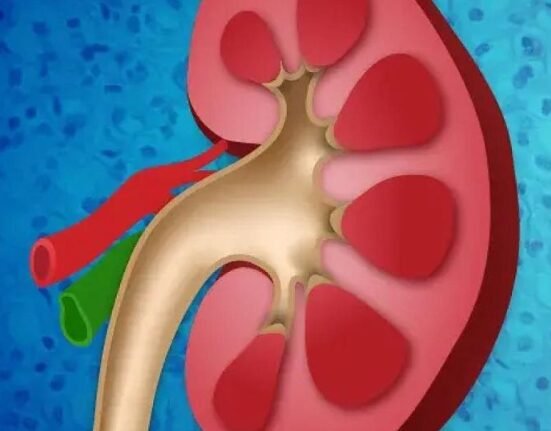HQ Team
September 21, 2023: Uric acid may emerge as a potential therapy to treat ischemic stroke after US researchers discovered a new method in studies on animals.
In the study, researchers from the National Institutes of Health’s Stroke Preclinical Assessment Network (SPAN) tested the effectiveness of six novel therapies in reducing ischemic brain injury in rodents.
These strategies are normally reserved for clinical studies in humans.
The six candidate therapies were selected based on prior research showing evidence that they could potentially treat stroke. Animals were randomly assigned to treatment and researchers from six different labs tested one of the therapies or a placebo.
The efficacy of each treatment was assessed by giving animals a series of behavioural tests. After collecting these data, researchers used a new statistical method to evaluate the therapies at four points in the testing process. They also measured MRI brain scans of lesion volumes.
Based on the test results, treatments that failed to show sufficient efficacy were dropped.
Animal models
The researchers used animal models that resembled typical stroke patients. The study included young mice and rats, ageing mice, mice with diet-induced obesity or hyperglycemia (high blood sugar), and rats with spontaneous hypertension, with equal numbers of males and females.
Uric acid was the only candidate that passed the efficacy boundary through all phases of analysis.
The other interventions, which included four drugs approved by the US Food and Drug Administration to treat separate conditions and remote ischemic conditioning, an experimental medical procedure, were dropped after the second or third evaluation.
Uric acid has previously been tested in stroke patients, but not in combination with the clot removal treatment modeled by the study, suggesting that the drug could do well in future trials. However, investigators recommend further testing in animal models before clinical trials in humans.
Ischemic stroke, a leading cause of disability and death in the US, occurs when a blood clot or other blockage in an artery cuts off blood supply to the brain. Current treatments are aimed at removing the clot by dissolving it with blood thinners, surgically removing it from the blood vessel or a combination of both.
Cerebroprotectant
Although these treatments helped patients to recover, scientists are seeking a therapy that could protect brain damage, known as a cerebroprotectant, that occurs before or during blood restoration.
In 2021, one in six deaths from cardiovascular disease was due to stroke. Every 40 seconds, someone in the US has a stroke and every three minutes and 14 seconds, someone dies due to a stroke. About 87% of all strokes are ischemic strokes.
Stroke is a leading cause of serious long-term disability. Stroke reduces mobility in more than half of stroke survivors age 65 and older.
While previous preclinical studies in animals have identified numerous promising therapies, they failed to translate to human stroke patients in subsequent clinical trials. Many findings also did not replicate in other
“SPAN gives us a head start in screening lots of stroke therapies, and rapidly and efficiently finding drugs that have a higher likelihood of working in human clinical trials,” said Patrick D. Lyden, professor of physiology and neuroscience at the Zilkha Neurogenetic Institute and, and principal investigator of the SPAN coordinating center.
Five additional interventions
In the next research phase, which began earlier this year, the SPAN network will expand to include more testing sites and evaluate five additional cerebroprotective interventions.
“SPAN is a collaborative effort by many labs to document reproducible effects in animal models of stroke that mimic treatments in patients,” said Walter J. Koroshetz, director of NIH’s National Institute of Neurological Disorders and Stroke (NINDS), which funds SPAN.
“We now have a feasible preclinical research method to help identify therapies with a higher chance of success in clinical trials.”
The study was published in Science Translational Medicine.
The NIH is the US’s medical research agency which includes 27 Institutes and centers and is a component of the U.S. Department of Health and Human Services.
NIH is the primary federal agency conducting and supporting basic, clinical, and translational medical research, and is investigating the causes, treatments, and cures for both common and rare diseases.








